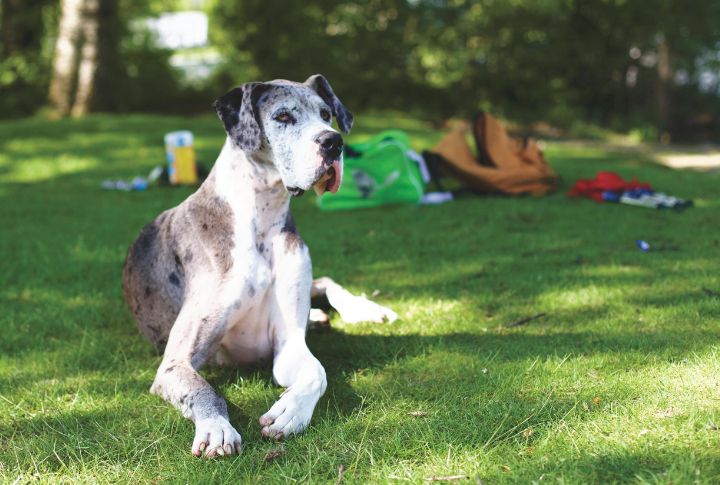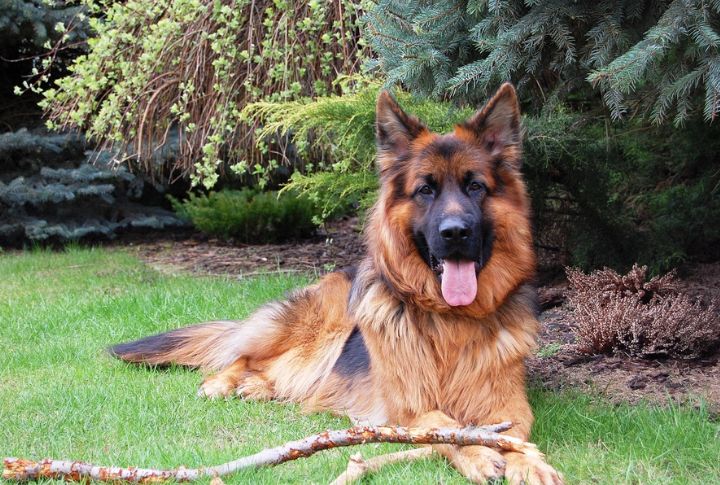These Dogs Are Adorable But Their Health Comes At A Cost

Some dogs just aren’t built for the way most people live now. Between apartment living, air conditioning bills, and jam-packed work schedules, certain breeds are having a tougher time adapting. Add in genetic health issues, and it’s no surprise some doggos need more TLC than others. Here are 10 of them.
Bulldogs Face Breathing Problems

Bulldogs have smushed faces and tight airways, which often means constant wheezing, snoring, and serious risks during hot weather or exercise. A 2022 study from the Royal Veterinary College found they’re 30 times more likely to suffer from breathing issues than other breeds.
Pugs And The Issues With Their Adorable Eyes

Those googly-eyed expressions might be charming, but for pugs, they come with danger. Their eyes are so prominent that they can literally pop out. Urban living increases the risks of collisions and falls. And with dry eyes, corneal ulcers, and inherited vision issues, these pups visit the vet more often.
Dachshunds Feel The Weight Of Their Own Bodies

With their long backs and stubby legs, dachshunds are just not designed for stairs, couches, or modern flooring. Intervertebral disc disease (IVDD) is rampant among them, triggered by simple jumps. They thrive better in one-level homes with ramps and rugs. Otherwise, it’s a lifetime of back issues and pain meds.
French Bulldogs Face A Triple Threat

Between their respiratory challenges, spinal disorders, and skin fold infections, French Bulldogs find it hard without human intervention. The breed has exploded in popularity, but vets warn that poor breeding practices are making things worse. A 2021 study flagged that over 72% have at least one serious health issue.
Cavalier King Charles Spaniels Carry Heavy Hearts

Cavaliers have an unfair reputation as low-energy lap dogs. But underneath their sweet nature is a heart that often starts failing early—mitral valve disease can show up before they turn five. Seizures and severe neurological conditions like syringomyelia just add to their heavy medical load.
Great Danes And The Trouble With Size

Great Danes look impressive, but their massive frames don’t hold up in small homes or long lives. Bloat is a constant threat and poses a serious health risk. Their average lifespan hovers around 7 years, which is often cut short by bone cancer or heart failure. A great body doesn’t always mean great health.
Shih Tzus Have Weak Kneecaps

They prance and play, but many Shih Tzus suffer from patellar luxation, a kneecap that keeps popping out. It’s among the most common issues in toy breeds and worsens with time. On slick floors and in homes with stairs, these little dogs can face a lifetime of limping/joint pain.
Labradors Eat A Lot And Suffer

Labradors have one big problem: they don’t know when to stop eating. Combine that with their tendency to beg like champions, and you’ve got a serious obesity problem. Over 60% of Labs in America are overweight. That extra weight leads to joint pain, diabetes, and reduced quality of life.
Cocker Spaniels Face Constant Ear Troubles

All those adorable curls hide a health nightmare. Cocker Spaniels’ ears are a breeding ground for infections due to limited airflow and excessive hair. Constant scratching, head shaking, and expensive vet visits are a routine part of life. And when left untreated? Chronic pain and hearing loss are real possibilities.
German Shepherds Can’t Outrun Their Genetics

These intelligent, loyal dogs are physically breaking down faster than others. Hip dysplasia, degenerative myelopathy, and spinal conditions make it hard for them to stay mobile. Even with proper care, aging German Shepherds often struggle to stand, walk, or play without discomfort. A heartbreaking challenge for such a proud breed.





